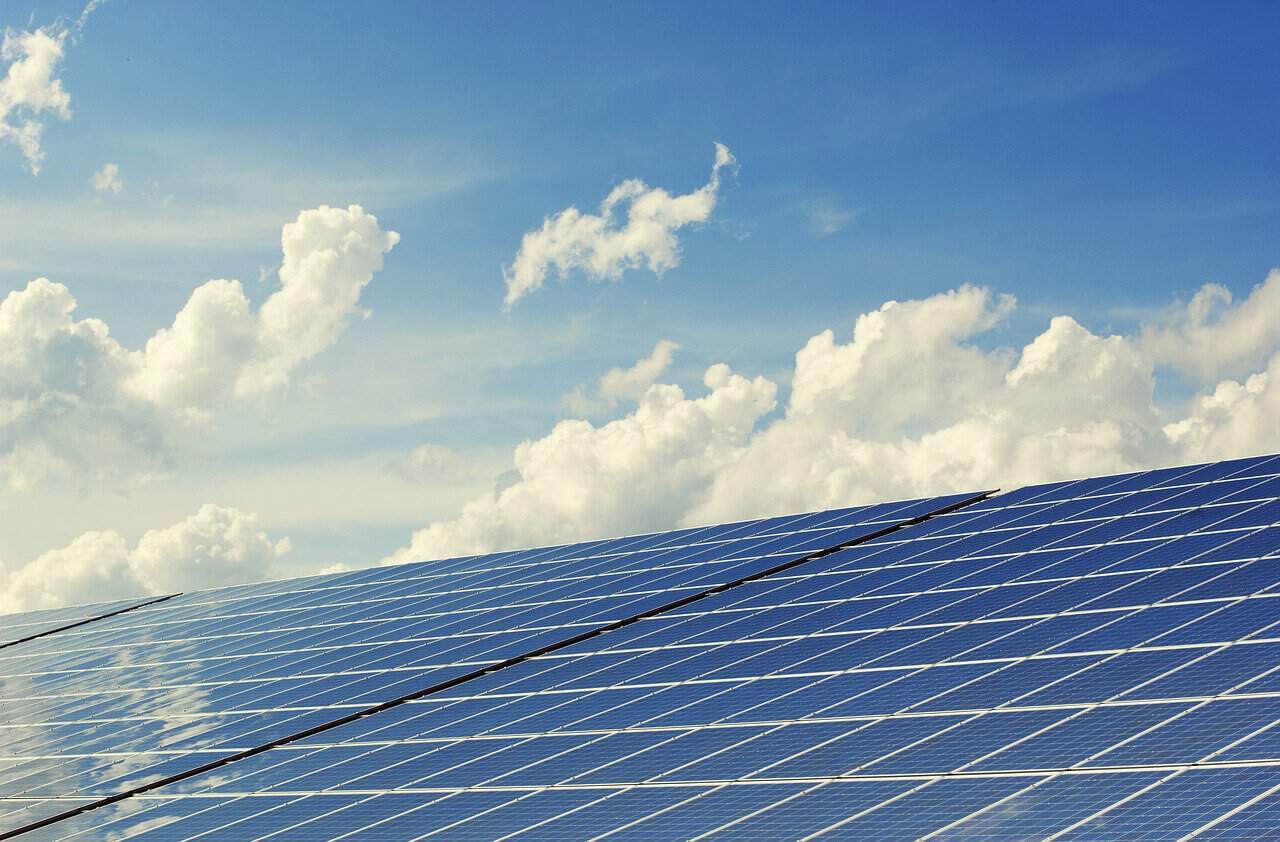The Costa Rican Electricity Institute (ICE) projects a historic drop in renewable energy production. This was confirmed by the executive president of the institution, who also pointed out that this drop would be almost 10% in renewable energy generation.
Marco Acuña, executive president, mentioned that this situation would generate greater dependence on oil. The drought and the lack of rainfall generated by the El Niño phenomenon could cause the biggest drop in recent years.
Costa Rica experienced a decline in renewable energy generation from 98% to 99% between 2015 and 2022, to 94.91% in 2023. According to the National Electricity Control Center, renewable energy generation could be even lower this year.
“We are waiting for more rain to start falling, but projections are that we are going to close 2024 with 90% renewable generation and 10% thermal generation,” Acuña explained.
The country’s main problem lies in its dependence on hydroelectric generation. According to ICE, this rate is almost 70%. Acuña noted that reservoir levels have reached historic lows, forcing them to rely more on thermal plants. Despite the rains, there may not be enough water in the rivers to generate this type of energy, so fuel is used to replace it.
Dependence on oil poses not only environmental challenges but also economic obstacles. The rental of thermal plants alone, aimed at contributing 150 megawatts to the energy system, incurred expenses of $82 million for ICE. Additionally, the expenditure on diesel fuel for these plants must be taken into account. The resulting increase in costs is considerable.
ICE announced increased investment in solar and wind energy in the coming years. According to Acuña, this is part of an expansion plan that should be in place by 2026. Currently, solar generation represents less than 1% of Costa Rica’s energy matrix.
The expansion plan contemplates more than 400 megawatts of combined solar and wind energy, which is 12% of the current installed capacity, with an investment of $540 million, most of which will be contributed by the private sector.
Even so, ICE is also betting on the construction of a new hydroelectric plant. This is a $291 million project that would be launched in 2030.
“We cannot depend only on one type of energy. For example, at night, solar plants are unproductive, and at those times, we need reserves provided by geothermal, hydroelectric, or thermal plants. For there to always be energy, we need consistent energy sources; that is why we cannot give up hydroelectricity,” noted Acuña.






